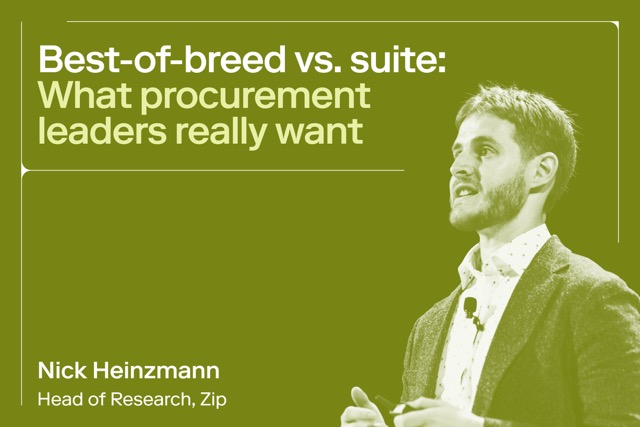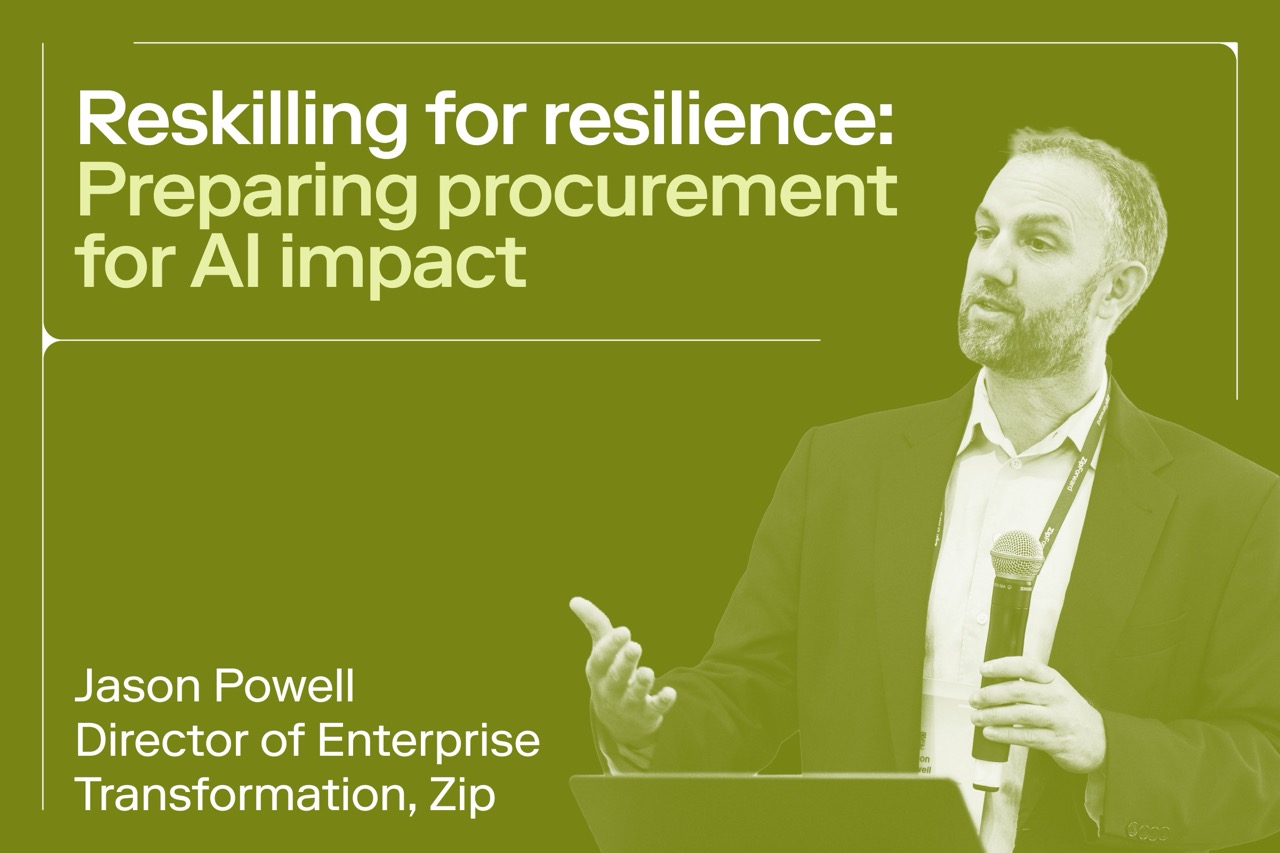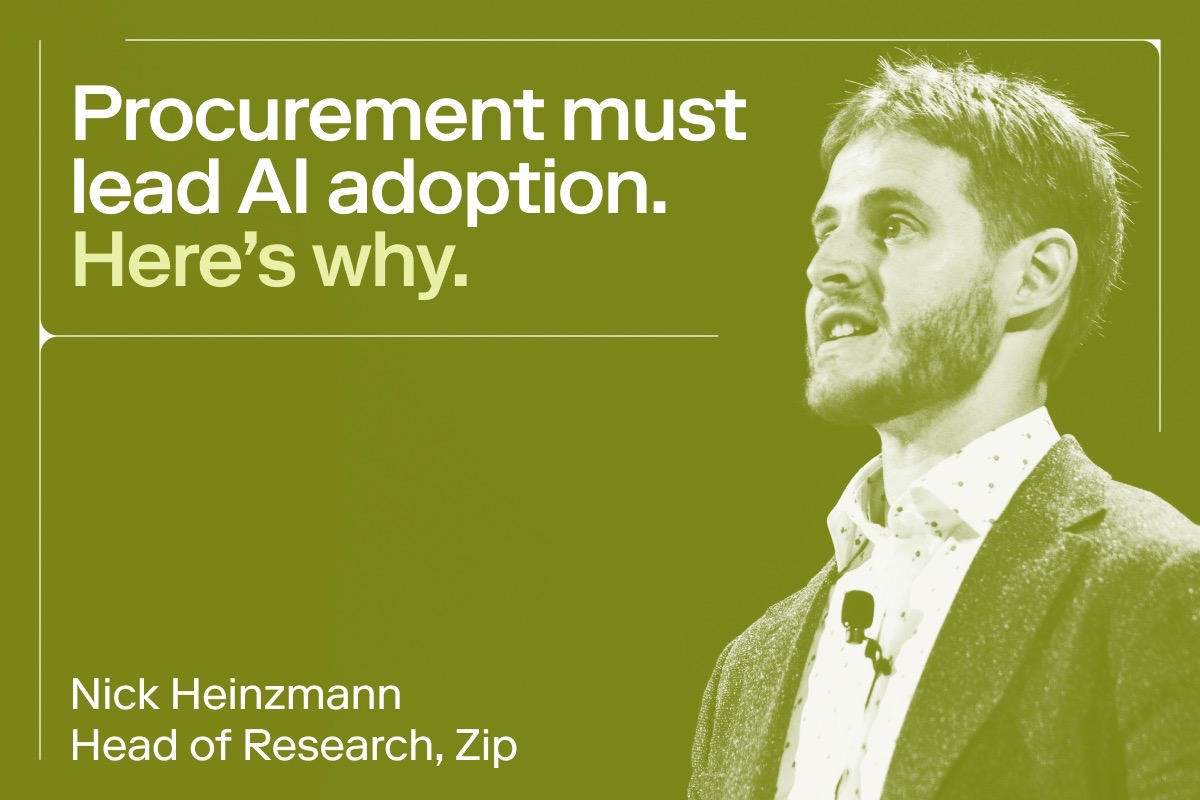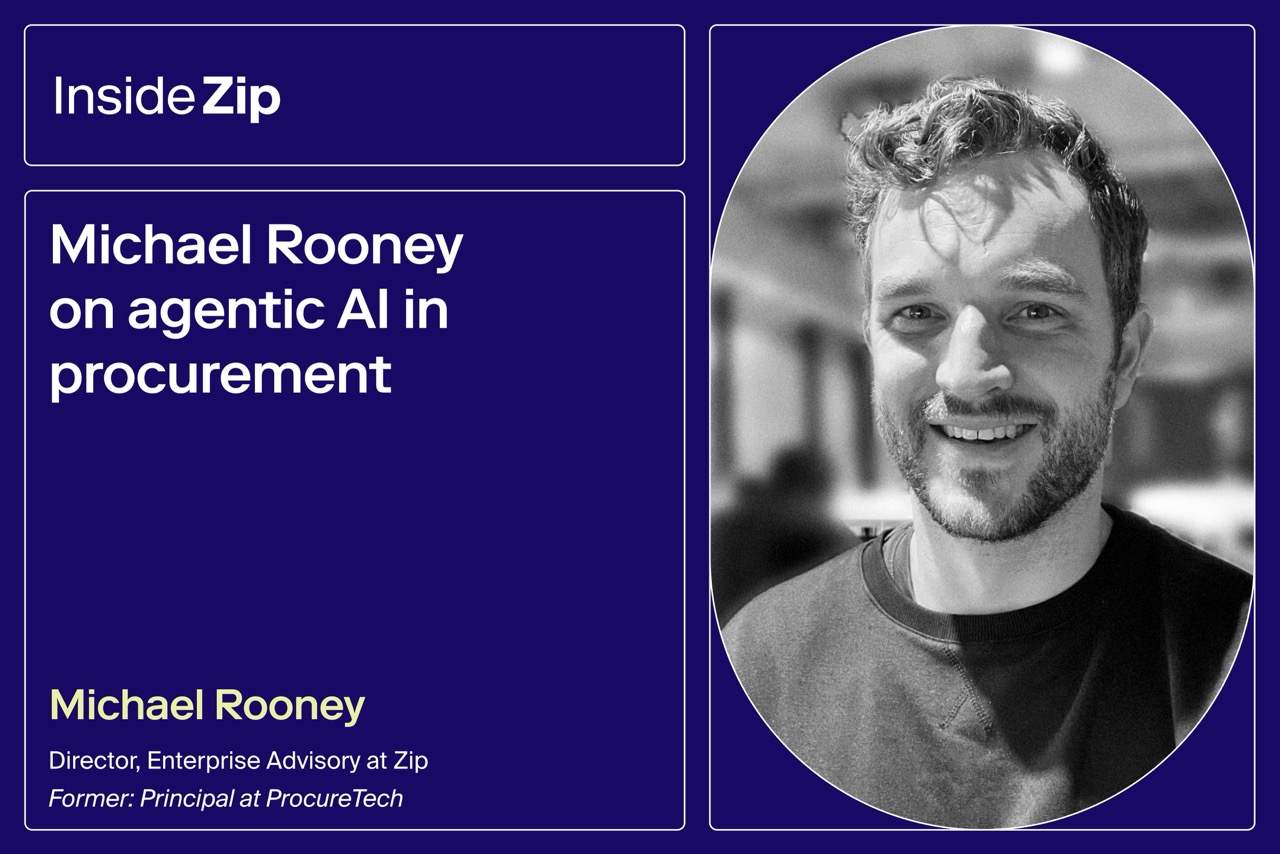
How I built scalable procurement as a team of one
Tips for the solo practitioner looking to build procurement from scratch.

I didn’t start out in procurement. Like a lot of people, I sort of fell into it out of necessity and then stuck around because, unexpectedly, I found I actually had a love for it.
This seems typical though; I don’t know many people who went to school to become a procurement professional. I’m sure there are many, who are quite good at their jobs! But that wasn’t me.
Structure fatigue and startup chaos
My early experience was in a large enterprise: a ton of tools, policies, and processes. Of course those legacy tools are built to be safe, repeatable, slow, and boring by design. The policies were probably older than I was.
And those legacy tools ran everything. People followed procedures because they were what they had, not because they were particularly effective. They were comfortable, and of course there is comfort in that predictability.
But a lot of it felt… stagnant. People weren’t asking questions about the way things worked, even when the processes no longer made sense. And eventually, I started asking those questions.
I think this is where I found my love of procurement, in asking the right questions. In my mind, the process wasn’t broken, it was just immovable. I couldn’t shake the feeling that there had to be a better way.
It was that point I decided to leave the stodgy corporate world and try new things in a startup.
No intake, no visibility, no roadmap: just fire drills
When I entered the startup world it felt like going from process overload to process void. There was no intake, no visibility, no roadmap, just fire drills. People needed help sourcing vendors, managing renewals, redlining contracts, and none of it was tracked.
That’s when I learned what it meant to be a Lone Wolf of Procurement.
The lesson came quick: startups teach you the art of survival.
You’re managing spend, but more importantly, you’re diagnosing the whole ecosystem: tools, contracts, approvals, risk, etc. You’re trying to introduce structure without slowing anyone down. And maybe most importantly, you’re working to earn trust.
The first 90 days: listen, observe, map, build
I remember those first 90 days vividly. At first, it was just listening. Observing. Mapping how things really worked, not how people said they worked.
I found the buried Slack threads and the rogue vendor spreadsheets. I figured out who actually holds budgets, or if budgets even existed at all. I sat with legal to understand their thresholds; asked finance what gave them ‘audit anxiety’; worked with cross-collaborative partners that maybe, just maybe, no one’s ever asked these questions to before.
I thought: in a perfect world, what does it look like to be able to engage with your work in a meaningful, risk-mitigated, but also fast-moving way?

Here’s what I learned: you have to make sense of the chaos before trying to impose order.
So that’s what I did. I started by building lightweight processes, rolling out simple intake, setting up trackers; nothing fancy. Just bringing visibility and clarity into the house.
That’s basically what you’re there to do. You clean it up, document it, and shift the perception in your first 30 days, which leans into your 60 days when you’ve built some traction. You’ve connected with the right people. You’ve created a system which is visible, scalable, and works.
But more importantly, you’re no longer a stranger. You’re trusted, like an advisor, because you’ve asked those questions in the first 30 days.
They trust you to be the person that helps them unblock deals, whether that means moving it through an approval, checking in with legal, with IT, and whatever it takes to move things forward.
You’re not seen as a hurdle any more, you’re seen as helpful.
That’s when it stops feeling like a one-person job but feels more like a function.
Why I helped create a guide for today’s Lone Wolves of Procurement
Now, in my role as a solutions engineer at Zip, I get to work with procurement professionals going through that same experience. Many of them are also ‘Lone Wolves,’ doing everything on their own, trying to drive change and make it stick.
And the truth is: they don’t need a big team. They just need a plan.
That’s why I was excited to help shape a new resource at Zip, built specifically for these operators: 'The Lone Wolf's guide to upleveling procurement'
It’s a 90-day playbook for procurement professionals building structure and credibility from the ground up, without a team.
If you’re in that role, or know someone who is, I hope you’ll check it out.

Maximize the ROI of your business spend

Enter your business email to keep reading
















%20Large.jpeg)





.webp)


















